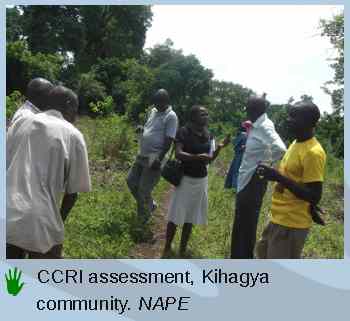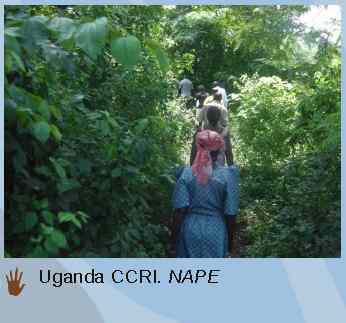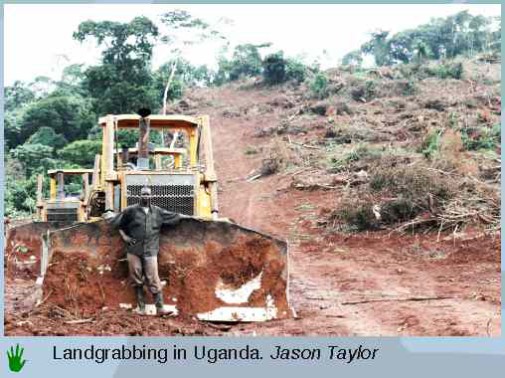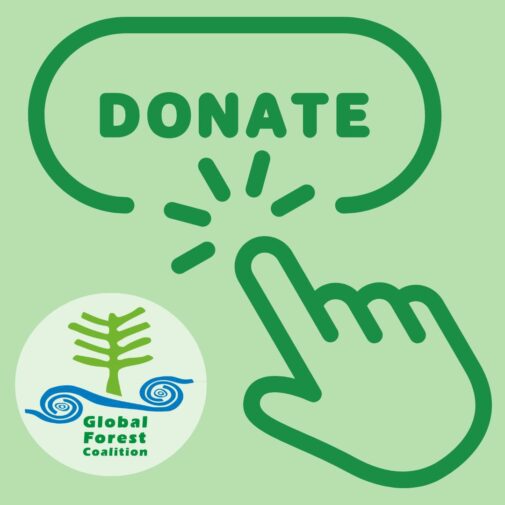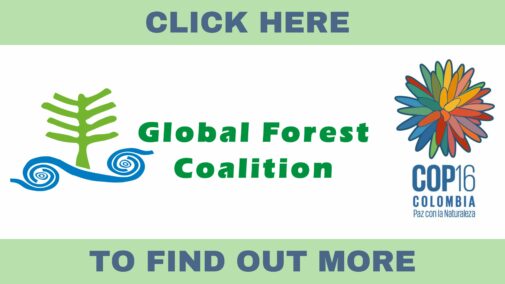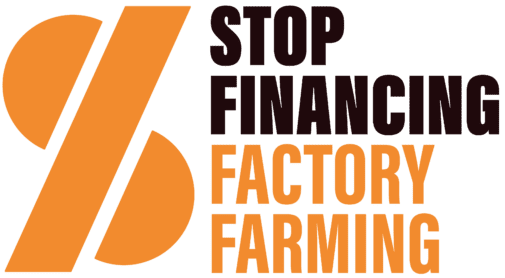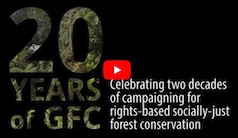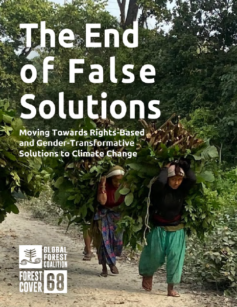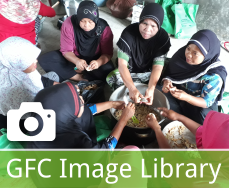Community Conservation Resilience Initiative in Uganda

Download the summary report here
INTRODUCTION
The Community Conservation Resilience Initiative (CCRI) in Uganda began in 2014. It is ongoing and is being implemented by the National Association of Professional Environmentalists (NAPE) in Bukaleba, Kalangala and Butimba villages in eastern, central and south-western Uganda. Communities in these territories are mostly forest dependent but also practice shifting cultivation and fishing. The communities rely on land and forest resources for traditional uses such as medicine, cultural practices and spiritual nourishment.
NAPE selected these sites based on set criteria that included land tenure issues, community ownership, multi-stakeholder engagement, rational management of natural resources and investor related challenges that require proactive counter-strategies.
The land tenure situation in the selected sites is precarious. For example, in Bukaleba, the community lives in an area classified as public land. However, the community has no land title, only access and use of the land. Within the context of insecure land tenure, the CCRI assessment focused on community conservation initiatives, threats to such initiatives, and community organisation and consultation structures.
COMMUNITY CONSERVATION RESILIENCE IN UGANDA
The community in Bukaleba practices sustainable small-scale agriculture and grazing. The area also has significant cultural sites, graveyards and sacred trees, [Green Resources, March 2010. Bukaleba Forest Project – Available here, accessed 9 July, 2015] which the community conserves. In Kalangala, communities utilise traditional knowledge to manage fishery resources and grazing areas in their territory. In Butimba, communities have collaborated with other conservation organisations to undertake sustainable conservation activities including the restoration of regional forests and waterways and improved farming practices. There is so far no formal scientific data available on the biological impact of these community conservation initiatives, but the communities themselves experience positive impacts in terms of sustained availability of biological resources which indicates a positive biological impact.
The three communities face numerous internal threats. These include highly centralised decision-making that is susceptible to corruption and compromise, the exclusion of women from decision-making and the lack of capacity and resources to fully pursue and defend their rights. External threats jeopardise communities’ land tenure and food sovereignty. The external threats include oil exploration activities in Butimba and in the Albertine region generally, [The Daily Monitor, 18 June, 2013. Banyoro form associations to fight for their land rights. Available here, accessed 6 July, 2015] forest plantation activities in the Bukaleba area by a private Norwegian forestation company, running a 9,165ha plantation and carbon trade project, [Green Resources, 2013. Bukaleba Plantation, Uganda. Available here, accessed on 6 July 2015] and oil palm plantations in Kalangala district by Oil Palm Uganda Limited. [The Guardian, 3 March 2015. Ugandan farmers take on palm oil giants over land grab claims. Available here, accessed on 6 July, 2015]
PRELIMINARY CONCLUSIONS AND RECOMMENDATIONS
Amid these threats, communities are organising themselves in ways that will ensure effective responses and have identified solution-oriented strategies. Building communities’ capacities to demand their rights regarding land, water and sanitation is crucial. As part of this process community mapping of territories and community conserved areas is necessary to ensure their protection. Furthermore, documentation on community conservation initiatives and research on their biological impact is needed. Community representative structures should be strengthened to develop a collective community vision, and knowledge sharing needs to take place between communities to learn and develop conflict management structures and bio-cultural protocols. Women need to be included in the decision-making process at all levels.
Additionally, further work should include developing linkages between the communities and national institutions, government officials, and international organisations. It is also important to strengthen dialogues between the communities and companies conducting plantation and oil extraction operations to encourage investment approaches that entrench rights and respect the free, prior and informed consent of the communities. This will entail building the capacity of the companies to respect human rights in line with the UN Guiding Principles on Business and Human Rights, [United Nations, Guiding Principles on Business and Human Rights, Available here, Accessed on 14 July, 2105] and supporting ongoing initiatives to compel Uganda to fulfill its duty to respect and protect human rights including from actions of transnational corporations. New legislation that recognises community land, community conserved areas, and traditional knowledge should also be developed. The communities welcomed NAPE playing a facilitating role in some of these solutions.
TESTIMONY
“We have lived in Bukaleba for centuries. It is the only home we know and will ever know. But despite this historical connection, our land rights have never been recognised. Our land is classified as public land and the government has leased out to a private investor to establish a forest plantation. Our cultural sites, graveyards and sacred trees are gone and gone forever!“
Mohamad Ndikulwange – Village elder, Bukaleba
Download Report of the Community Conservation Resilience Initiative in Uganda here.


